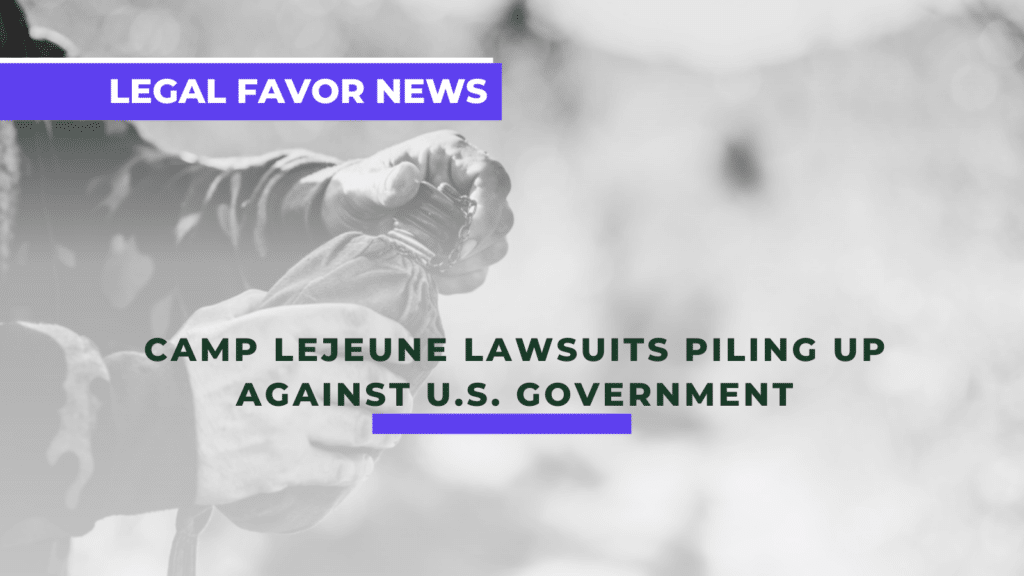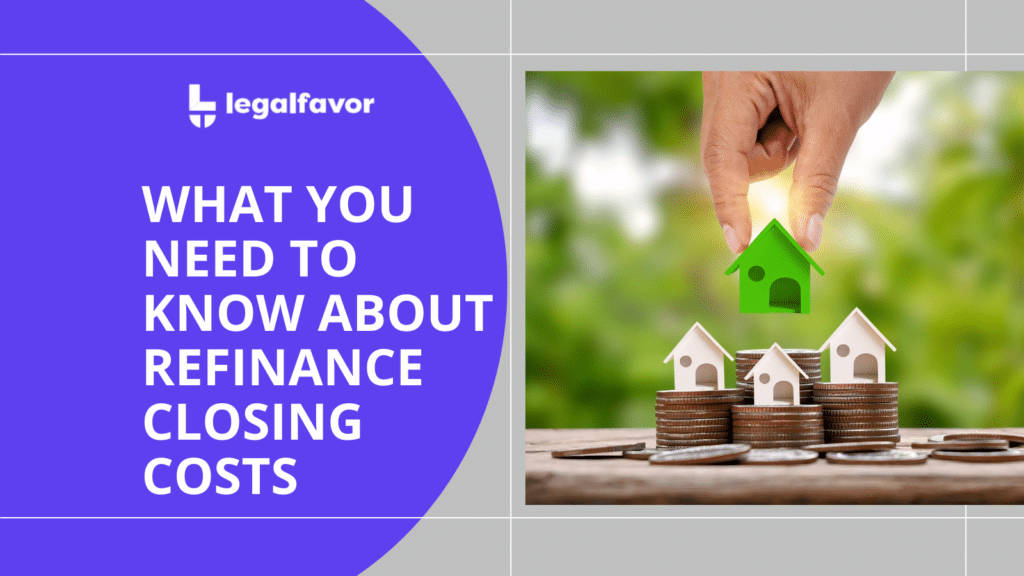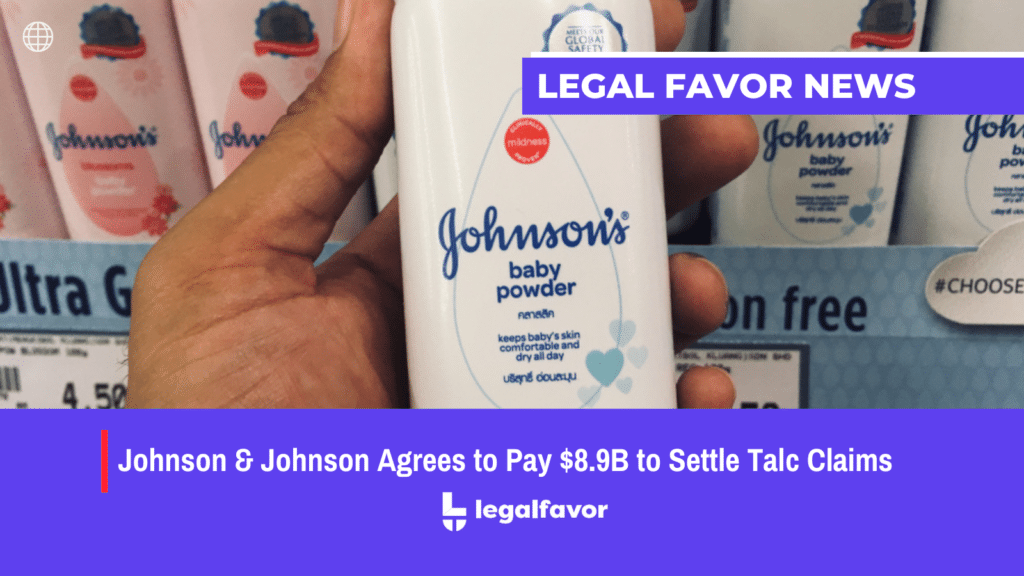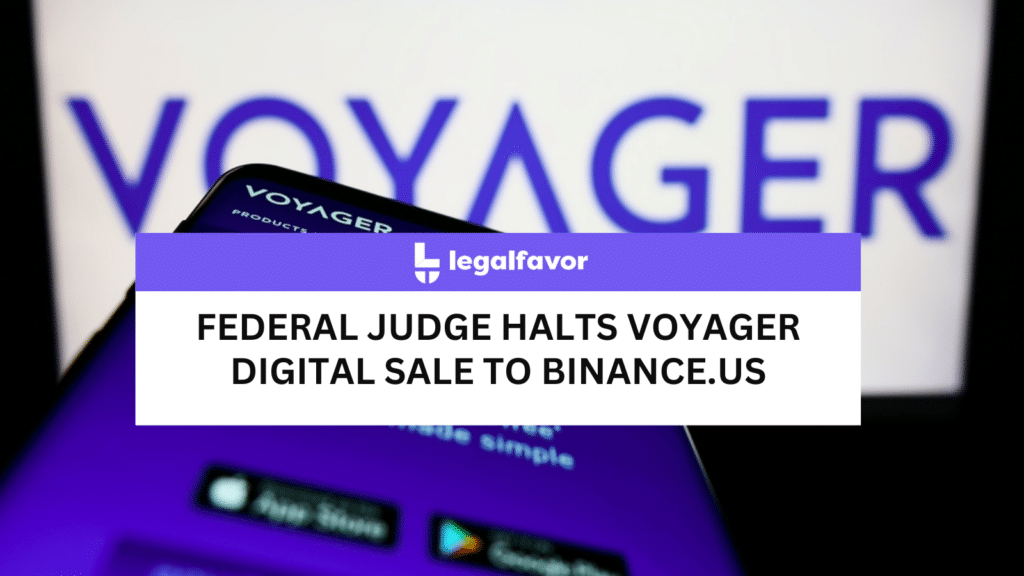When filing for a copyright, it is always important to remember that the protection only lasts for a limited period of time. At expiration, the piece of work is said to have entered the ‘public domain’. This essentially means that anyone will be able to copy, distribute, and/or otherwise use such work without getting approval. This has severe implications for any artist or other person who wants to continue to own their piece of work. Hence, the expiration date is very important. Artists should also take note of the fact that the absence of the copyright symbol © does not necessarily mean that the protection has expired and does not apply. This is especially true for works published in 1989 or later because those works do not require the symbol.
What’s Considered Works In The Public Domain?
General dates and guidelines to keep in consideration are the following. Any works published before 1923 are automatically in the public domain. Any works produced by an employee of the federal government in their official capacity are automatically in the public domain. Also, works published between 1923 – 197 almost always receive copyright protection for 95 years (however do note that this is not an absolute). If the work was published in 1978, or later, the protection usually extends for 70 years after the author dies. It is also important to note that there are unique rules for works that have been made anonymously or under a pseudonym. Specifically, these rights last for 95 years from the date of publication OR 120 years from the date of creation, whichever is less.

Areas Where Copyright Does Not Apply
When applying for an application to copyright a piece of work, the applicant should be aware of the fact that there are some circumstances where copyright protection does not apply. These include the following:
- (1) Non-fixed works. In order to receive copyright protection, the work must be “fixed in a tangible medium of expression.”
- (2) Ideas. Legislation on copyright essentially elaborates on the fact that copyright protection does not extend to ideas, procedures, processes, systems, and/or methods of operation.
- (3) Facts. Pieces of work that consist entirely of information that is common knowledge, and therefore do not contain any original information, are not protected. Good examples of this include calendars, height, and weight charts, and well-known scientific discoveries.
- (4) Government Works from the United States. This includes things such as federal judicial decisions, statutes, federal government officials’ speeches, press releases, and even census reports.
Checking Copyright Renewal Records
For works that were published between 1923 – 1963, an interested person can con consult the records of the United States Copyright Office in order to find out if the author failed to renew the copyright. In this case, the work would be classified as in the public domain, even if less than 95 years have passed since the date of publication. There is also the option of paying for a private copyright search firm to look for whether the copyright in question has been renewed by the artist. The Copyright Office can also search the records for a reasonable rate, however, private firms have generally been known to do a better job.
Finding Materials Online
Before downloading and using materials from the internet, one should proceed with caution. The main reason for this is that it is not always so easy to tell whether a certain work on the internet is covered by a copyright or not. One of the most prudent steps would be to try and find the author and ask them whether their use will be permitted or not. Sometimes the author will happily comply, while other times the author may as for a fee. And in other scenarios, the author may allow some part of the copyrighted work to be used, while retaining some portion as “non-use material.”
Is There A Worldwide Public Domain?
This is quite a complicated question, however, the simple answer is no; there is no worldwide public domain for copyrighted works. Depending on where an artist is planning on releasing their work, they should make sure the work is in the public domain of such a country. If the country does not have a public domain, it should refer to the general rules and see how the procedure of copyright works in that jurisdiction. As a general guideline, Cornell University has a public domain chart, which includes rules for the public domain internationally.
Additional Rights Regarding Music
Legislation on copyrights regarding published and recorded music is complicated, to say the least. As a basic example, and to give a preliminary understanding, lyrics are one part of a song that may be copyrighted, while the melody is another part. Also, most songs use samples for previous pieces of music (which may themselves not be in the same genre). Specifically, this happens a lot in rap music.
Generally speaking, new arrangements of existing compositions are treated by music publishers as new works, and therefore require synchronization of rights. In order to be free of any encumbrances, the artist or their composer must create a new arrangement of a public domain for their song.
Conclusion
Overall, the public domain is a complicated topic in intellectual property law and has wide-ranging implications for owners or work and content creators everywhere. That being said, it is also important to remember that a copyright owner can choose to surrender their rights to certain work, or to a piece of work with the intention that anyone will be able to use such a piece of work. The legislation states that the owner of the work must make an express and unambiguous statement of their intent to place the work in the public domain for the enjoyment and use by anyone.





